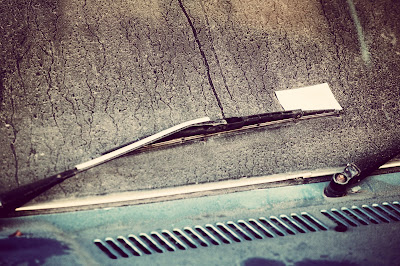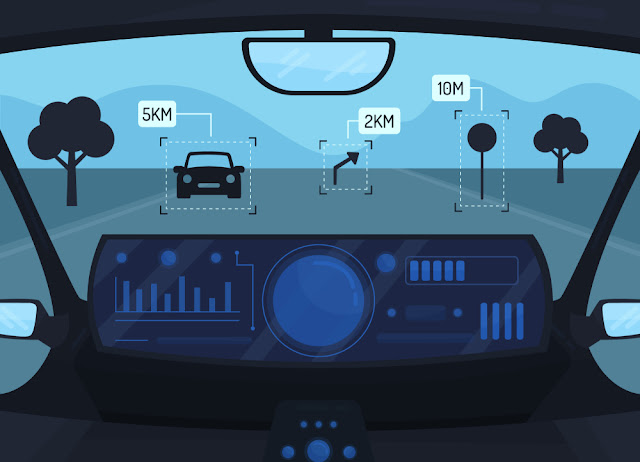How To Drive Safely In The Snow
If you have been joyfully wishing for a white Christmas this year – you may just be in luck!
With the latest weather forecasts predicting up to 17 inches of snow in some places within the UK next week, now seem the perfect time to brush up on some motoring ‘do’s and don’ts’ before heading out in severe weather conditions!
So, join us as we guide you through how to stay safe on the roads in the event of an extra chilly Christmas.
During our normal weekly commute, we often take small things such as washer fluid and general driving essential for granted. After all, what’s the likely hood of needing a snow shovel in the height of Summer?
So before you set out like normal, remember that driving in the snow can be extremely hazardous and seriously affect conditions on the road – it’s best to be more prepared than underprepared!
So before setting off in the snow, here a few things that you need to take into consideration:
· Plan your journey and ensure you leave more time to reach your destination
· Clear you wipers before switching on your engine.
· Ensure all tyres have enough tread – poor tyres will not grip when driving on ice and snow.
· Pack for the worst-case scenario (de-ice, blankets, shovel, phone charger, jump leads, food and warm drink)
· Top up your washer fluid with good-quality screenwash that protects down to -35.
Tips for Driving In The Snow
If possible driving should be avoided, however, we understand that not everyone can wait around for the white stuff to thaw away. So here are a few tips on how to tackle driving in the snow:
· Move off in second gear or in Winter mode – this will help to reduce the wheels slipping.
· Accelerate gently and use low revs. Ensure you change up to a higher gear quickly.
· Leave 10 times the normal recommended stopping gap between you and the car in front
· Prepare for driving up a hill by leaving plenty of room in front so that you can maintain a constant speed without having to change gear.
· For downhill slopes, use a low gear and try to avoid braking unless necessary.
· Should you skid, steer gently into it and do not stamp on your brakes or let go of the steering wheel. (if the rear of your car slides left, gently steer to the left until you straighten up).
· Approaching a bend ensure you reduce your speed before you start to turn your wheel on the bend.
· If the road has not been gritted be wary of driving on the compacted wheel tracks as they are more likely to be icy than fresh snow.
























